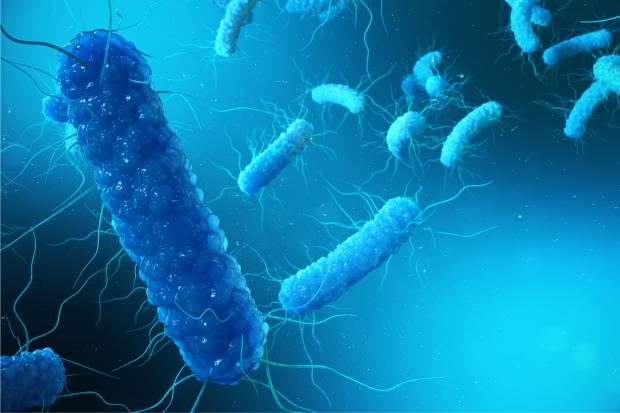Why?
Washing your hands is the best way to get rid of germs, avoid getting sick, and stop the spread of germs to others.
You can get germs on your hands by simply touching a doorknob, pressing an elevator button, grabbing a pole on public transit or shaking hands. Once these germs are on your hands, touching your mouth or nose to eat, sneeze or cough can make you sick.
Sneezing and coughing can spread cold germs into the air, but most colds are caught and spread through germs on people’s hands. The germs that cause the flu, norovirus and other viruses, such as enterovirus, can also be picked up and spread by your hands.
What’s more, outbreaks of foodborne illness that cause vomiting and diarrhea are often traced back to food prepared by someone who did not properly wash their hands.
When?
Always wash your hands…
Before you:
- Touch or serve food
- Eat or drink
- Put in or take out contact lenses
- Treat a cut, scrape, burn or blister
- Take care of someone who is sick
After you:
- Go to the bathroom
- Help someone else use the bathroom
- Change a diaper (don’t forget to wash the baby’s hands too!)
- Cough, sneeze, blow your nose or wipe a child’s nose
- Handle uncooked food, especially raw meat, poultry, fish or eggs
- Handle garbage
- Touch an animal, animal feed or animal waste
- Take care of someone who is sick or injured
- Use public transportation
- Touch pet food or treats
The world is full of bacteria and other living things too small to see; most are harmless, but some can make you sick. You can’t see them with the naked eye, but under the microscope they can look like this:
How?
Be sure and take the time to wash your hands correctly. Just 20 seconds is all you need to prevent yourself from getting sick later.
Rinsing your hands with water isn’t enough – to really get them clean you need to use soap. Use regular soap. Antibacterial soap isn’t necessary.
Scrub your palms, between your fingers, the backs of your hands and under your fingernails for at least 20 seconds.
Dry your hands with a paper towel. Use the same paper towel to turn off the water and, if using the restroom, open the door.
Hand sanitizer
If soap and water are not available, you can use an alcohol-based sanitizer that contains at least 60% alcohol. Alcohol-based sanitizers can quickly kill most of the germs on your hands, but they do not get rid of all types of germs. Hand sanitizers work best when hands are not visibly dirty or greasy. Hand sanitizer should be applied to one hand then distributed over all surfaces of your hands and fingers until your hands are dry.
Caution! Swallowing alcohol-based hand sanitizers can cause alcohol poisoning. Keep it out of reach of young children.
Handwashing is the 20-second way to protect yourself from many diseases.
- Use soap
- Wash often
- Wash for 20 seconds!
- CDC’s Handwashing: Clean Hands Save Lives
- CDC’s Fact Sheets and Other Educational Materials
- MDPH’s Health Promotion Clearinghouse (for posters and brochures about handwashing)
For more information about handwashing, please call the Massachusetts Department of Public Health, Division of Epidemiology and Immunization at (617) 983-6800.

